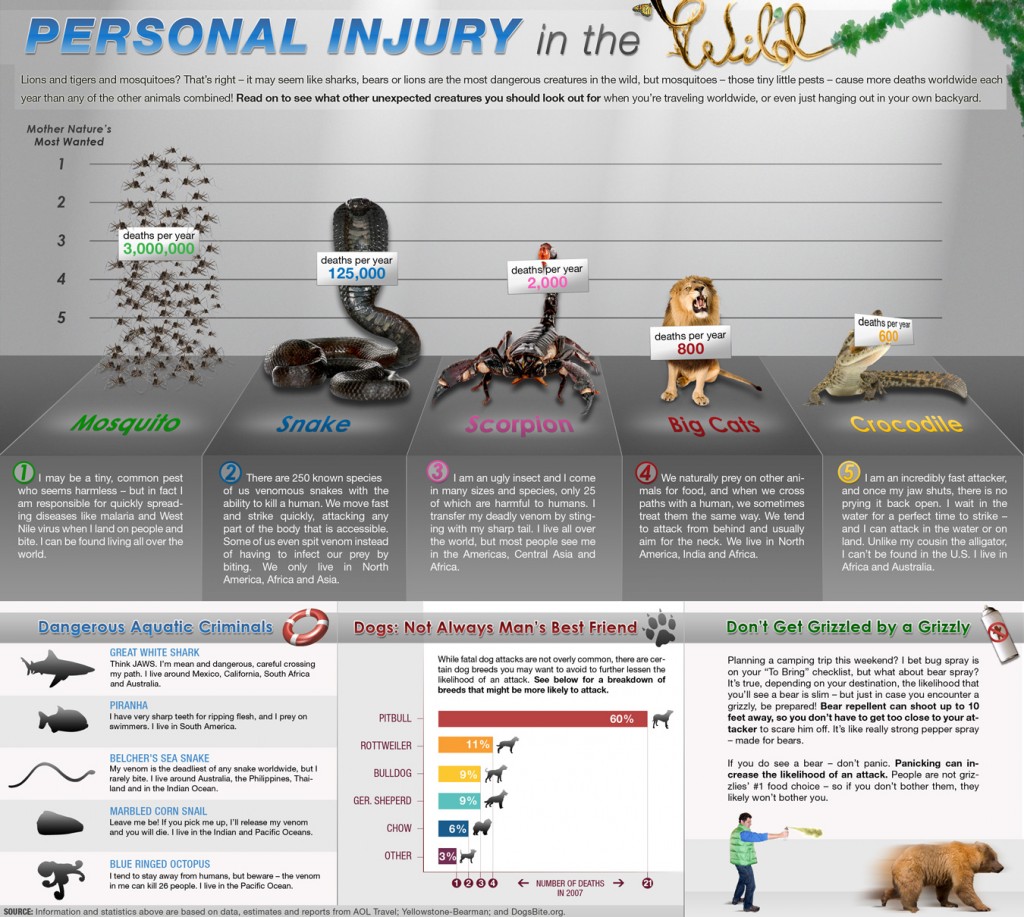Collision Avoidance Systems: Can They Really Prevent Car Accidents?
A driver takes a risk every time he or she enters a vehicle. What if I get into a car crash? What if I’m rear ended? What if I’m not sure what to do after a car accident? All of these fears are rational and realistic. The National Highway Traffic Administration estimates that at least one car crash occurs globally every 60 seconds, approximating to more than 5.25 million car accidents every year. One of the most frequent types of car accident, a rear end crash, accounts for roughly 30% of all car accidents in a given year according to sciencedaily.com.
To combat these continually rising numbers, several car companies are implementing collision avoidance systems. These systems rely on a series of sensors located in both the front and rear end of the vehicle to alert the driver when he or she approaches external objects like nearby cars, parking ramp walls, or light poles. More intuitively, certain systems notify drivers that they must reduce their speed around upcoming turns and by how much to do so.
A real-world example of a collision avoidance system in action applies to a driver attempting to switch lanes. With the system intact, if a driver tries to prod his way into the left lane without noticing the large semi in his blind spot, the avoidance system belts out a word of caution alerting the driver of the nearby vehicle, thus preventing a potentially serious or fatal car crash. In certain brands, the car will actually swerve itself in the opposite direction to prevent the unsafe lane change.
Though many companies now include this technology in their vehicles, Swedish car manufacturer Volvo is at the forefront. Not only does Volvo’s system alert a driver if he or she is nearing a vehicle, but it also enables the car to slam on the brakes if the driver does not do so. Take a look at the video below to see Volvo’s collision avoidance system in action.





